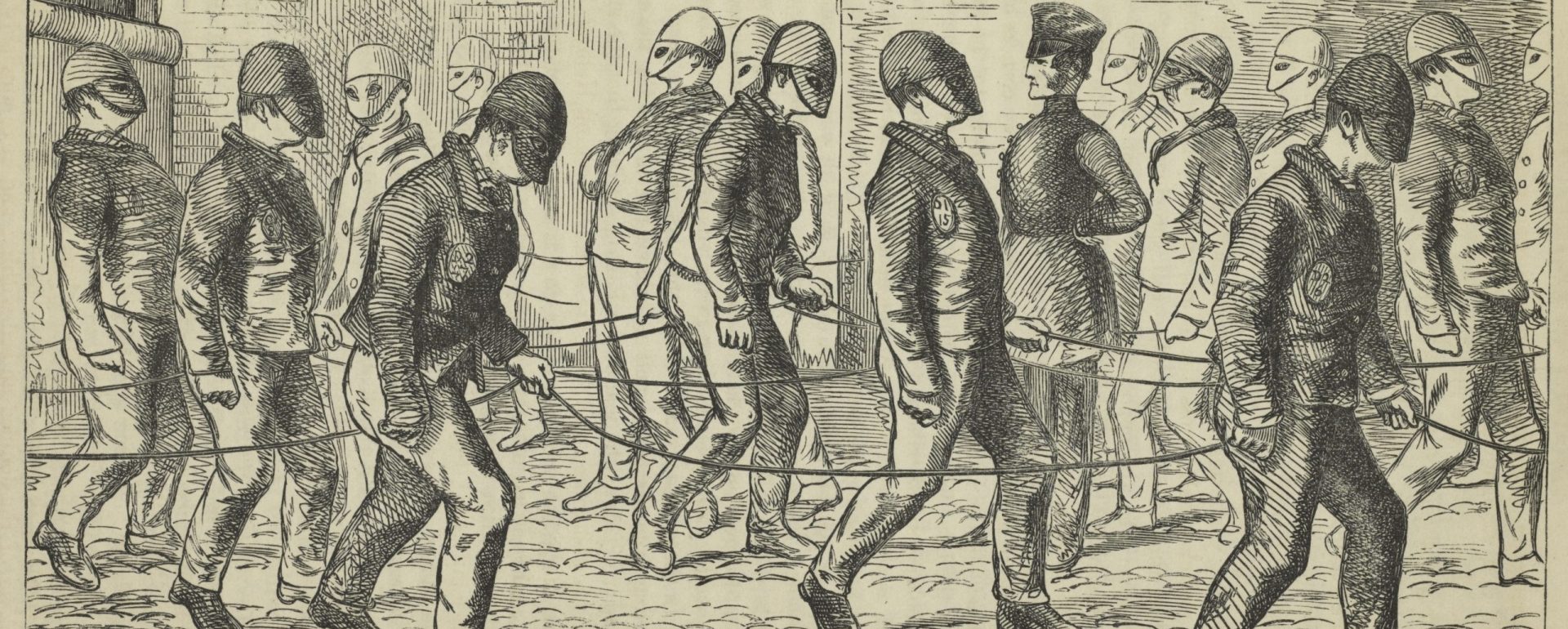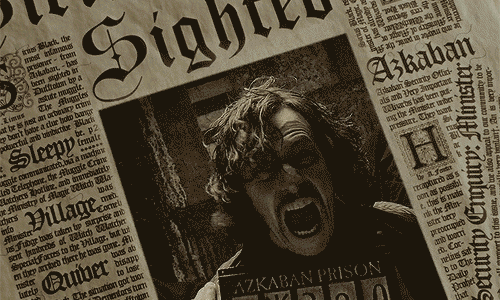Black is deranged, Molly, and he wants Harry dead.
Rowling 66
Introduction
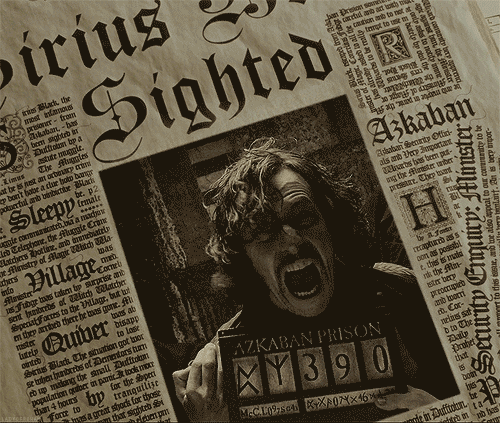
The Harry Potter series written by J.K. Rowling has been read by many in the early 2000’s, with the intended audience as children. What you read can change the way you think at such an impressionable age. When certain characters act a specific way, it can mold the way we perceive people who are similar in the real world. This is where it can get difficult when stereotypical portrayals are involved, which are common in children’s literature because authors want to create caricatures so it stays entertaining for the audience. As we grow up, these misconceptions stick with us and get applied to our real lives.
The stereotypical portrayal of criminal characters in children’s literature and films that young adults consumed when growing up can negatively reflect the way they perceive criminals today.
What is Harry Potter: A Summary
The Harry Potter series is about a boy who finds out he is a wizard and attends a school for witchcraft and wizardry. He soon finds out a dark wizard named Voldemort, the murderer of Harry’s parents, is after him to fulfill a prophecy. Throughout each book, Harry Potter uncovers more about this dark lord and how he can be the only person to defeat him. For more insight on summaries for each book in the series, click here.
Harry Potter and the Prisoner of Azkaban Misrepresentation of the Criminal

The fortress is set on a tiny island, way out to sea, but they don’t need walls and water to keep the prisoners in, not when they’re all trapped inside their own heads, incapable of a single cheerful thought. Most of them go mad within weeks.
Rowling 188
Sirius Black is an adult wizard who served twelve years in the wizarding prison Azkaban for allegedly killing thirteen innocent people. After his twelfth year there, he escapes in order to find Harry Potter. There are a few characters in this series that fit into the subset of a ‘Hollywood criminal’, one being Sirius Black, who prove the point that stereotypical portrayal of criminal characters in children’s literature and films that young adults consumed when growing up can negatively reflect the way they perceive criminals today.
Flat Characters as Criminals
Having a criminal characters whole personality revolved around how terrifying they are and appear feeds into the idea that criminals are not allowed to be anything else but the crime they committed.
In Harry Potter and the Prisoner of Azkaban, Sirius Black’s character stays at one note from beginning to end. This is what creates a flat character. The harm in this is that it can set the criminal up for failure because it doesn’t give them any room to grow in the mind of the reader. As that same reader steps into the real world, they’ll perceive real criminals in such light because they do not know otherwise. When Harry comes face to face with the mass murder at the end of the third installment, he’s only characterized by his horror, much like he is when Harry first reads about him in a newspaper at the beginning of the book. As Harry holds a wand to Black’s head, he describes his appearance like:
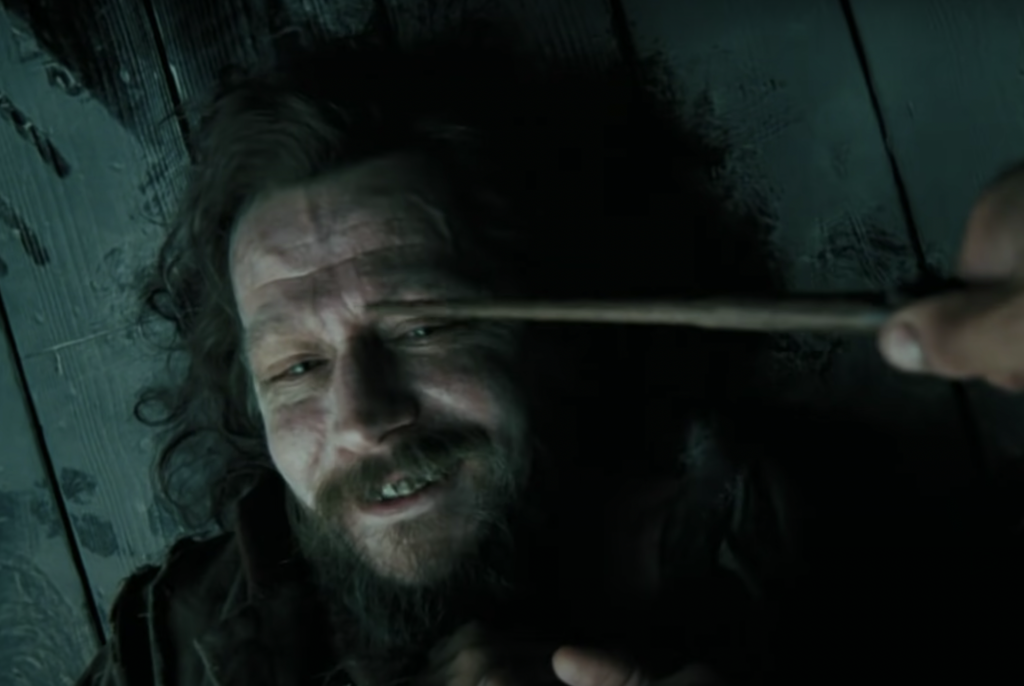
A mass of filthy, matted hair hung to his elbows. If eyes hadn’t been shining out of the deep, dark sockets, he might have been a corpse. The waxy skin was stretched so tightly over the bones of his face, it looked like a skull. His yellow teeth were bared in a grin. It was Sirius Black
Rowling 359
Sirius Black is only ever referred to in this manner, which traps his personality in one dimension. The readers only hear about Black through the perspective of Harry, which prohibits them from having their own original thoughts about the character without it being biased. When this bias is learned, it will most likely carry into their adulthood. This is called cognitive bias (to understand what cognitive bias is, click here). This can negatively reflect the way the children reading can think about criminals when growing up because the biases they learned from those flat characters can wrongfully commit someone in the future.
The Other Side of the Coin
At the end of book three, it is revealed that Sirius Black was framed for the murders and he was wrongfully committed. In book five, Harry Potter and the Order of the Phoenix, Sirius Black’s character is seen in a new light. Although he himself has not changed as a person when we first met him in the third book, he’s broadcasted as a completely different human. The contrast between himself as a criminal versus not is extremely damaging to the way criminals are perceived. Harry now looks up to Black, even stating in the book:
Harry felt a sudden upsurge of affection for his godfather
Rowling 83
As Harry felt more affection for the man, so did the readers, which separates him from his life as a “criminal”. All of the qualities that Harry loves now were still there when Black was a “criminal”, but he was only chosen to be represented through misinformation or his bad qualities. Seeing this contrast as a child can negatively impact the way they perceive criminals outside of the books because it makes them seem incapable of having a personality and it succumbs them to the crime they committed.
Conclusion
Authors with an audience of impressionable children need to be cautious when it comes to creating a character who is a criminal because it can affect the way real criminals will be represented when those children grow up. By introducing characters that are flat, it creates a stereotype that all criminals are like that and that’s where the bias stems from. Furthermore, portraying a wrongfully convicted character differently after treating them poorly can negatively impact the way criminals are perceived in real life. This is why the stereotypical portrayal of criminal characters in children’s literature and films that young adults consumed when growing up can negatively reflect the way they perceive criminals today.
Discussion Questions
1. Thinking back to your own childhood, do you believe there are any pieces of literature that you consumed that shaped the way you perceive criminals today?
2. How do you think the cognitive biases learned from children books can affect how a person thinks if they were ever asked to be on jury duty? Do you think it would play a big role in how the case would end?
3. It was mentioned that authors tend to create caricatures of criminal characters to make them entertaining to their child reader. In what ways do you believe authors could portray criminal character as a well-rounded, non-stereotypical character while still making them entertaining enough for children to enjoy?
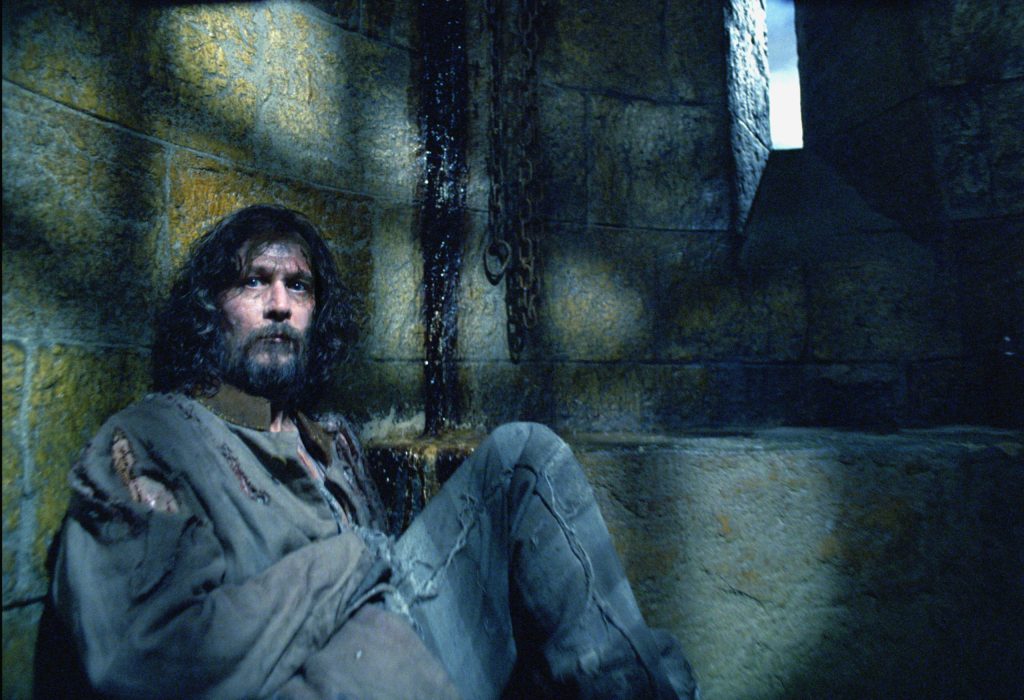
References
Fishelov, David. “Types of Character, Characteristics of Types.” Style, vol. 24, no. 3, 1990, pp. 422–39. JSTOR, http://www.jstor.org/stable/42945871. Accessed 14 Apr. 2023.
Harry Potter and the Order of the Phoenix. Directed by David Yates, Warner Bros. Pictures Heyday Films, 2007.
Harry Potter and the Prisoner of Azkaban. Directed by Alfonso Cuarón, Warner Bros. Pictures Heyday Films 1492 Pictures, 2004.
Rowling, J. K., author. “Harry Potter and the Prisoner of Azkaban.” New York :Arthur A. Levine Books, 1999.
Rowling, J. K. “Harry Potter and the Order of the Phoenix.” New York :Listening Library, 2003.
Shiyuan, Huang (2018) “COGNITIVE BIASES THAT LEAD TO WRONGFUL CONVICTIONS: ILLUSTRATED BY TWENTY-THREE ERRONEOUS CHINESE CASES,” California Western Law Review: Vol. 54: Iss. 1, Article 4.Available at: https://scholarlycommons.law.cwsl.edu/cwlr/vol54/iss1/4
